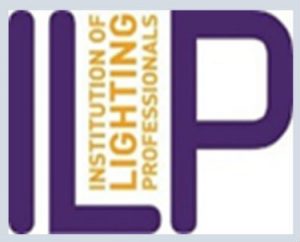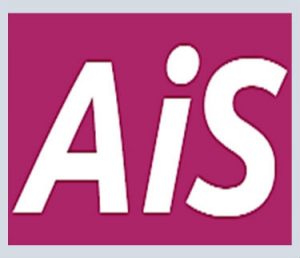Digital conversion rates should be better, and improving them should be a top priority for those who want their website to be a success. When done well, Conversion Rate Optimisation is a fantastic (and fun) process that gleans fascinating results and has a positive impact on any website, simply by finding out what users want and giving it to them. In this article Footprint Digital (http://www.footprintdigital.co.uk/) Head of CRO Alex Eade explains why this process is something that more websites should make use of.

I’ll let you into a secret. Sometimes, I really hate websites. That’s not the sort of thing a digital marketer should say. I should be saying that websites are the best thing since sliced bread. I’d be more inclined to say this if more websites actually did what they set out to do, and did it in a user-friendly way.
Far too often, websites are complex, incoherent, and (if I’m honest) a mess. They’re a pain to use, and put people off. There are too many pop ups, superfluous forms, and illogical navigation bars, and it’s infuriating.
I dream of a world where websites just work. Where websites are a pleasure to use, and really are better than sliced bread. The good news is that I think this is an achievable. Through my work as Head of Conversion Rate Optimisation (CRO) at Footprint Digital I am able to contribute to this utopian vision by working with NFP organisations to make their web experiences more enjoyable and more effective.
Not for Profit organisations tend to want to increase membership sign ups, increase user engagement and improve efficiencies. The key to achieving these objectives is to improve the web experience for their visitors. However, it’s more than that; a good website makes people happy, whereas users often blame themselves if they can’t get a website to work – it makes them feel stupid, and that’s not beneficial for anyone.
So, what’s the answer: What is CRO?
At Footprint Digital, we often get asked ‘what exactly is CRO?’
In a nutshell, Conversion Rate Optimisation is the process of: understanding why people do not convert, and changing your website in ways that will make it user friendly and persuasive enough to get people to do what you want them to do (often through A/B testing).
For example, a common problem that websites have is the ability to persuade people to register. Registering on a website can be a faff. Registration forms are often not very intuitive, and if you make the slightest mistake you’re sent back to the beginning to fill out your mother’s maiden name for the umpteenth time and tell a bunch of strangers that you called your first dog ‘Mr Whooferson’. Conversion Rate Optimisation will analyse your registration process from a user perspective, work out what’s wrong with it, and fix it so that less of your users slam their laptops shut whilst tearing their hair out, and more of them convert.
User Experience & Flow
One concept that I always come back to when performing CRO is that of customer ‘flow’. McDowell et al (2016) discovered that websites with better conversion rates usually have users who are in flow – i.e they are deeply immersed & involved in using the website. A user’s flow is disrupted by common website annoyances- think download delays, a really slow load time, hyperlinks not linking, spelling mistakes, and poorly designed (often mandatory) registrations. Poor user experience and a poor user journey will stop your website from converting because there are too many hurdles and distractions, meaning people simply cannot immerse themselves. Flow is enhanced by things like a smooth checkout processes, a welcoming homepage, and a good visitor greeting. Basically, a good website equals good flow.
What Should CRO Look Like?
There are many ways to approach CRO. The worst (in my humble opinion) is to make assumptions without research.
There are many generic assumptions that can be made about low conversions. For example, you could assume that people aren’t converting because Polly the copywriter doesn’t write lengthy product descriptions. However, consumer research might tell you that poor old Polly’s descriptions are fine and it’s the page layout that’s frustrating people. Without research, your CRO process will be a stab in the dark, and you will waste valuable resources (and upset Polly in the meantime). Skimping on research is lazy, and it’s not how we do things at Footprint Digital!
Our approach to CRO is thus. Start with research. Gather current customer opinions, perform user testing, audit the website for things that impact user flow. Find out why people aren’t converting. Look at what your competitors’ websites do better than you. Then, take this research and create new web page designs to test against the original page. Use the test data to determine whether the original or the test page converts best. Then, carry on testing things and feeding the data back in to really optimise your CRO. Simple.
At Footprint Digital we believe that CRO should be cyclical, with the test results feeding back into the research to expand what we know. Through this ongoing process we are able to consistently improve web experiences and hope that little by little we can make the world of web a better place.

Alex Eade, Head of CRO, Footprintdigital
If you’d like to learn more then please visit the Conversion Rate Optimisation (https://www.footprintdigital.co.uk/services/conversion/) and check in on the Footprint Digital Blog (https://www.footprintdigital.co.uk/news/)








